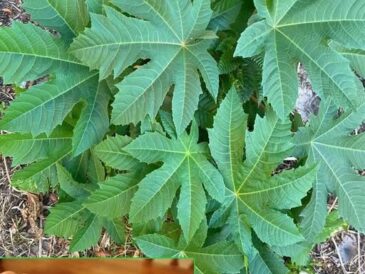3. Start the Fermentation Process
Add a small amount of water to the container with the seeds and pulp—just enough to submerge the seeds. Place the container in a warm location out of direct sunlight. Over the next two to four days, the mixture will begin to ferment. You may notice a moldy film developing on the surface—this is normal and a sign that the fermentation process is working.
4. Stir and Monitor
Once or twice a day, gently stir the contents to encourage the separation of seeds from the pulp. The good, viable seeds will begin to sink to the bottom, while the lighter, unviable seeds and moldy pulp will float.
5. Rinse and Clean the Seeds
After three to five days, once fermentation is complete, fill the container with water. Pour off the floating debris, being careful not to lose any of the viable seeds at the bottom. Repeat the rinsing process until the water is clear and the seeds are clean.
6. Dry the Seeds
Spread the cleaned seeds on a paper towel, coffee filter, or a fine mesh screen. Allow them to dry completely in a well-ventilated area, away from direct sunlight. This process can take up to a week. Be sure to stir the seeds occasionally to prevent clumping.
7. Store the Seeds
Once the seeds are thoroughly dry, store them in an airtight container in a cool, dry place. Label the container with the variety and the date. Properly stored seeds can remain viable for up to five years, though their germination rate will gradually decline over time.
Why Fermentation is Important
Fermentation not only removes the germination-inhibiting gel but also helps eliminate diseases that may be present on the seeds. By mimicking the natural process that occurs when a tomato falls to the ground and rots, you’re ensuring that the seeds you save will be healthy and ready to sprout when planted.
Benefits of Saving Tomato Seeds
- Cost-effective: Saving your own seeds eliminates the need to buy new ones each season.
- Preservation of heirloom varieties: Saving seeds from heirloom tomatoes allows you to preserve the genetics of unique and flavorful varieties.
- Adaptation: Over time, seeds saved from your garden will adapt to the local climate and growing conditions, resulting in stronger, more resilient plants.
Conclusion
While saving seeds from tomatoes involves an extra step compared to other fruits and vegetables, the process is simple and highly rewarding. By taking the time to ferment the seeds, you’ll ensure that your future tomato plants are healthy, vigorous, and free from disease. With proper care, your saved seeds can produce an abundant crop year after year, preserving the flavors and characteristics you love.





